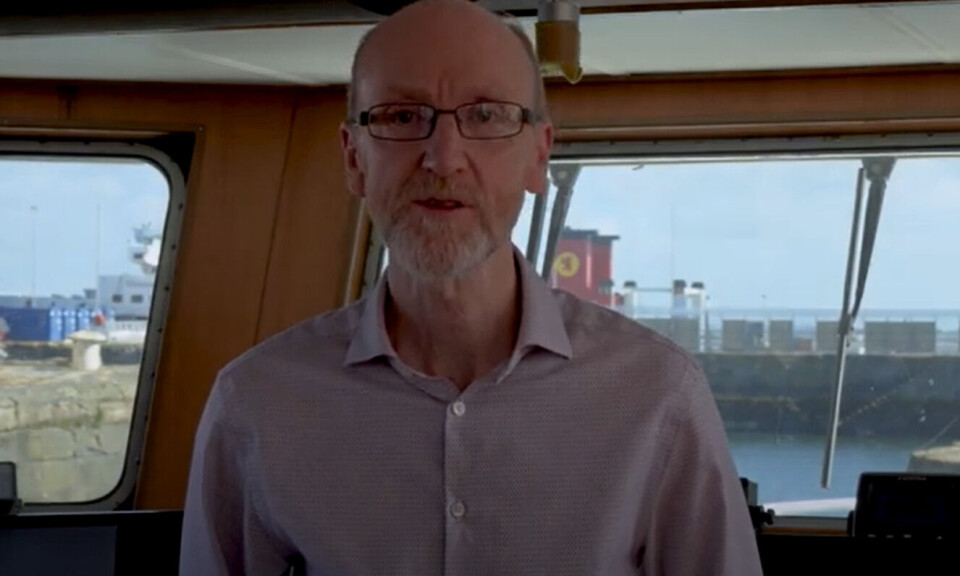
First phase of controversial sea lice framework under way in Scotland
SEPA claims it is taking 'evidence-based' approach to fish farm regulation but salmon sector challenges reliance on dispersion modelling
Scotland’s environment watchdog has begun the first phase of a controversial new regulatory system which it claims offers greater protection for wild salmon.
The Sea Lice Framework, developed by the Scottish Environment Protection Agency (SEPA), outlines what SEPA says is a proportionate, evidence-based approach to protect migrating smolts from sea lice.
SEPA said the Framework will help to support the sustainable development of fish farming in Scotland by introducing wild salmon protection zones. These will help to guide development to the least sensitive locations, while introducing tighter levels of sea lice control for finfish farm operators in the protection zones.
Since February 1, the Framework is being applied when determining applications for proposed new farms and for increases in the number of fish at existing farms on the west coast and Western Isles.
Managing risk from farms
SEPA’s head of ecology, Peter Pollard, said Scotland had a leading aquaculture sector delivering high-quality produce across the world and contributing significantly to the economy.
“However, we know a range of pressures, including commercial aquaculture, habitat barriers, and invasive species, mean populations of wild salmon are dwindling here and across the North Atlantic,” Pollard said in a press release.
“SEPA is part of an international community working to address this shared challenge, with Scotland one of the first countries to take action to manage the risk posed by sea lice from fish farms.
“Reaching the first phase of the Sea Lice Framework’s implementation is an important milestone and achievement for all those who we have engaged with.
“We’re confident the industry will be successful in adapting to this new regulatory landscape and look forward to continuing to work with producers, and all other interests, on future phases.”
Reliance on modelling
However, trade body Salmon Scotland has said SEPA’s plans place undue reliance on a modelling framework and do not acknowledge areas of uncertainty, and their impact on the wider risk assessment process.
“We believe it is not possible to validate the proposed framework and that it is not acceptable to regulate a sector when the effectiveness of regulation cannot be determined,” Salmon Scotland wrote in its response to a consultation about the plans.
Speaking after SEPA finalised its regulatory approach in December 2023, Salmon Scotland chief executive Tavish Scott said fish farmers support regulation based on fact, evidence, and sound science, adding that SEPA couldn’t explain how it will measure success of the zones.
Lice 'rare and patchy'
A search for evidence that sea lice nauplii spread from salmon pens and into the path of wild salmon smolts migrating to the sea has been unsuccessful.
In May last year, marine biologist Dr Kim Last from the Scottish Association for Marine Science (SAMS) told a conference in Glasgow that he and other researchers spent a huge amount of effort and time over six months going out in small boats to try to catch sea lice as part of Marine Scotland’s Salmon Parasite in Linnhe, Lorn and Shuna (SPILLS) project, carried out in an area with several fish farms.
“We did a lot of netting, then we spent a huge amount of time looking down microscopes trying to identify and quantify the abundance of these lice,” he said. “After six months and 372 field samples we ended up with only 19 larvae, and the conclusion was that they’re pretty rare, and they’re probably also pretty patchy.”
A team of researchers led by experts in engineering and digital holography from the University of Aberdeen are now working on the use of holographic 3D imaging, machine learning and artificial intelligence (AI) to detect the presence of the larvae in the sea.
'Extensive engagement'
SEPA said today that it had led more than two years of extensive engagement before deciding how to proceed, consulting leading scientists in Scotland and Norway, other regulators, finfish producers, environmental NGOs, coastal community groups and wild fishery interests.
It said monitoring programmes are being developed within the wild salmon protection zones to better understand the direct impacts from sea lice and to inform the next phases of the Framework, with opportunities for more engagement and adaption if required.
An approach to the protection of sea trout populations from sea lice will be implemented from March 2025 covering the West Coast, Western Isles and Northern Isles.






















































